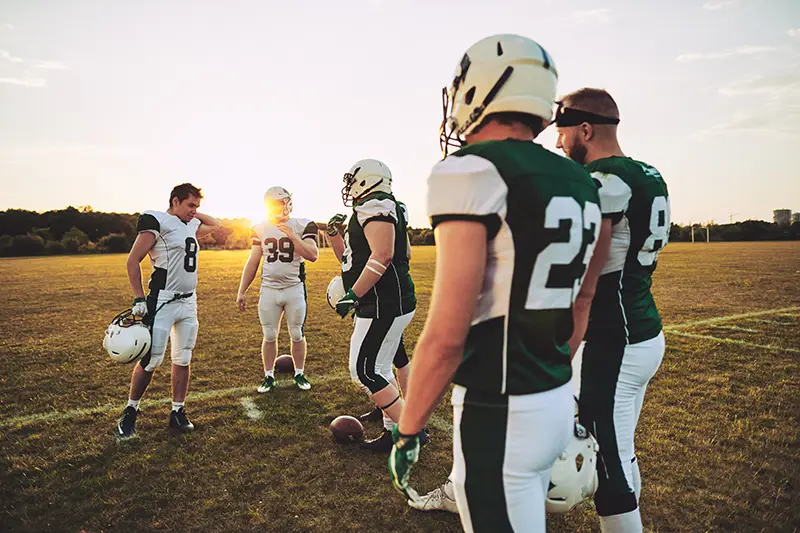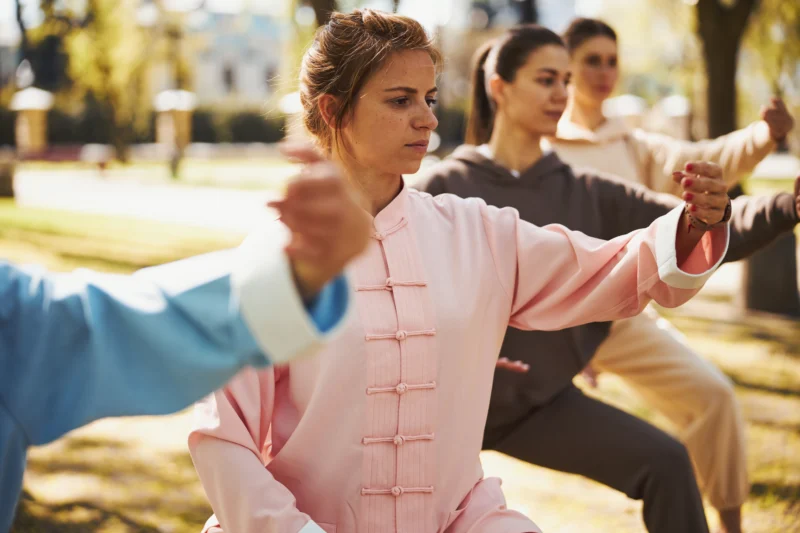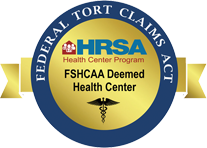
As we approach the start of a new school year, I am reminded of the many adolescents who are either starting or returning to high school sports. Youth sports are a fantastic avenue for betterment of overall health through promotion of physical activity, development of discipline, leadership, and sportsmanship skills.
Sports can also be associated with injuries, especially concussions. It seems like most people are familiar with the term ‘concussion,’ but may not be familiar with exactly what a concussion is, why they can be clinically significant, and steps for basic management.
What is a concussion? In the medical world, concussion is often used synonymously with mild traumatic brain injury (TBI), but more specifically it describes “a pathophysiological state that results in the characteristic symptoms and signs that individuals may experience with mild TBI.” 1 Some kind of injury, typically by direct blow to the head or neck where force is transmitted to the brain is required. Signs and symptoms may include loss of consciousness (though this is not a requirement for a diagnosis), confusion/disorientation, headaches, memory impairment, slow speech, dizziness, and/or vomiting. When an injury that might cause concussion occurs on the field of play, a sideline evaluation by a qualified provider is recommended. A true concussion is not associated with abnormalities noted on standard brain imaging, and thus this is typically not warranted.
It’s important to get an idea for which sports pose the highest risk for experiencing a concussion. One study published in 2017 looked at the incidence of concussions among high school athletes among 27 sports during the 2011-2012 through 2013-2014 school years. This showed that during competition games, football had the highest rate of concussion, followed by boys lacrosse, and girls soccer. During practice sessions, football remained the highest rate of concussions, followed by boys wrestling, and girls’ lacrosse.2
Some concussions can be very dramatic, while others less severe, but all cases should be taken seriously and evaluated by a qualified medical professional. In the setting of prolonged loss of consciousness, severe imbalance, or slurred speech immediately after the injury, the individual should be promptly evaluated in the emergency department setting. In less severe cases, after the patient’s immediate health needs have been met, the focus becomes preventing further injury and facilitating adequate healing. Removing the athlete from competition and restricting physical activity in addition to neurocognitive rest are the mainstay of treatment for a concussion. Neurocognitive rest can include avoiding any cognitive engaging activity that makes symptoms worse. This can include reading, video games, watching television/movies, and social visits. In some cases, it is recommended to take a short break from school activities.
Return to competition or practice will largely depend on the severity of the initial injury, a history of previous concussions, and resolution of symptoms. Symptoms can resolve within hours but can also take weeks. Working closely with a trusted and qualified medical professional to determine when return to play is appropriate can ensure adequate healing and prevent long-term complications (such as cognitive impairment or depression).
While concussions are to be taken seriously, proper treatment and return to play protocols can help ensure that athletes have a positive experience with their sport participation. If you have concerns about yourself, or your children participating in sports, schedule a visit with your local primary care provider to discuss your individual risk factors and participation recommendations.
– Cory Gunn is a physician associate at Health West in Chubbuck, ID. He has a bachelor’s degree in athletic therapy from Weber State University and a Master of Physician Assistant Studies from Northern Arizona University. Cory is accepting new patients.
Citations
- UpToDate. UpToDate. https://www.uptodate.com/contents/concussion-in-children-and-adolescents-clinical-manifestations-and-diagnosis?search=concussion%20adolescent&source=search_result&selectedTitle=2%7E100&usage_type=default&display_rank=2
- O’Connor KL, Baker MM, Dalton SL, Dompier TP, Broglio SP, Kerr ZY. Epidemiology of Sport-Related Concussions in High School Athletes: National Athletic Treatment, Injury and Outcomes Network (NATION), 2011-2012 Through 2013-2014. J Athl Train. 2017 Mar;52(3):175-185. doi: 10.4085/1062-6050-52.1.15. PMID: 28387555; PMCID: PMC5384816.








